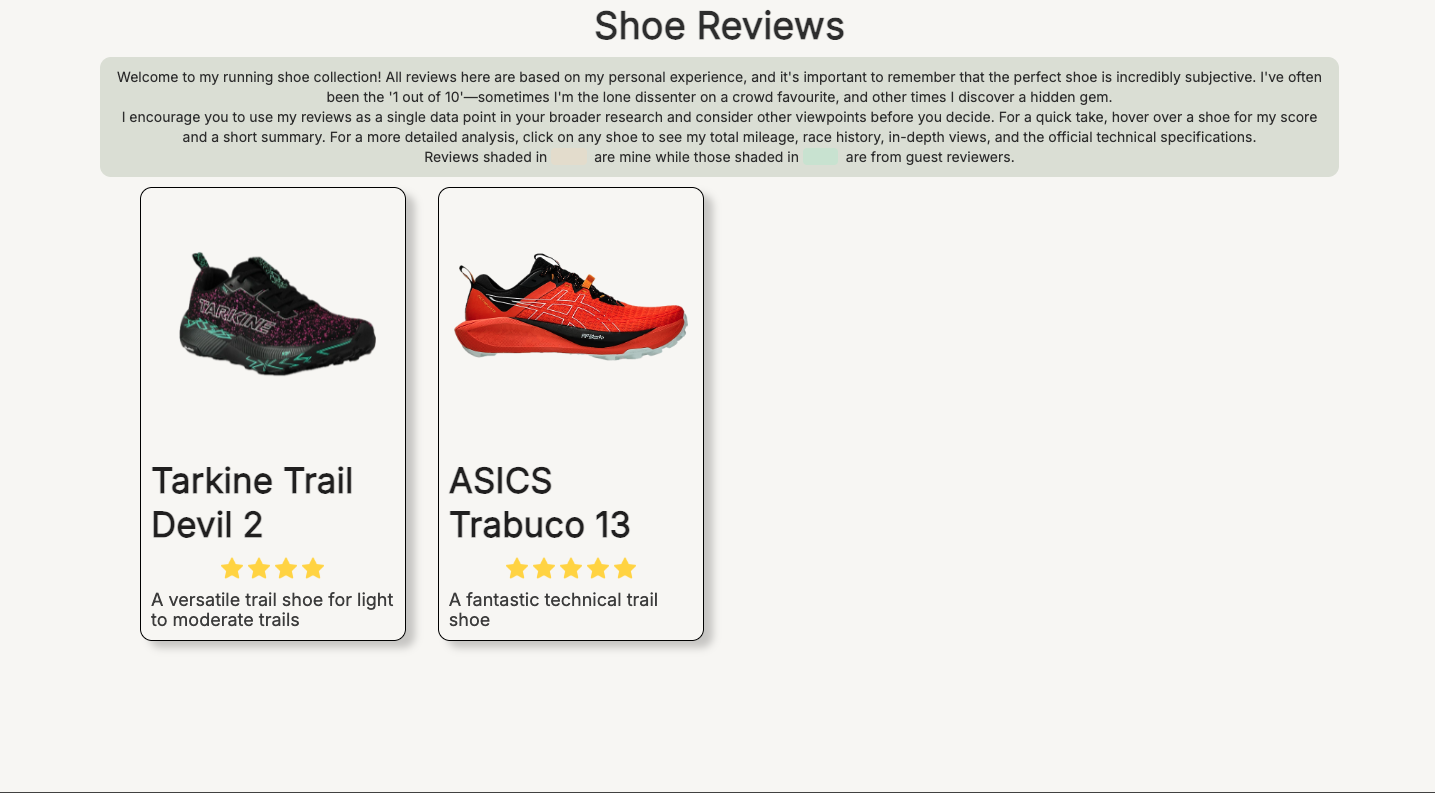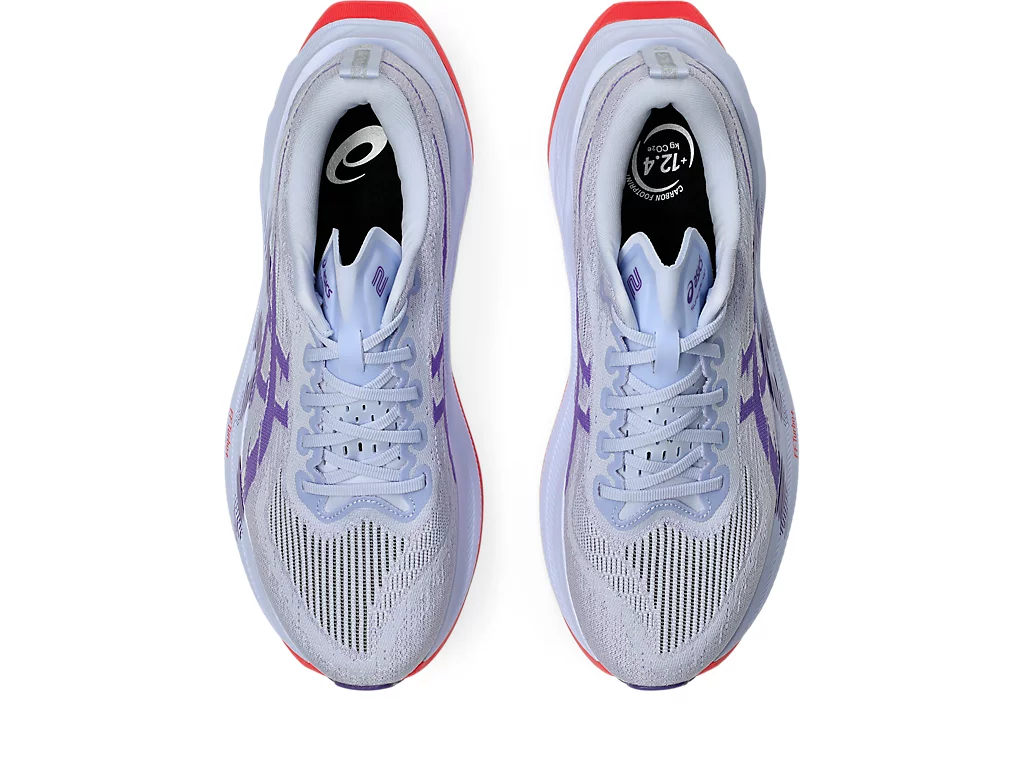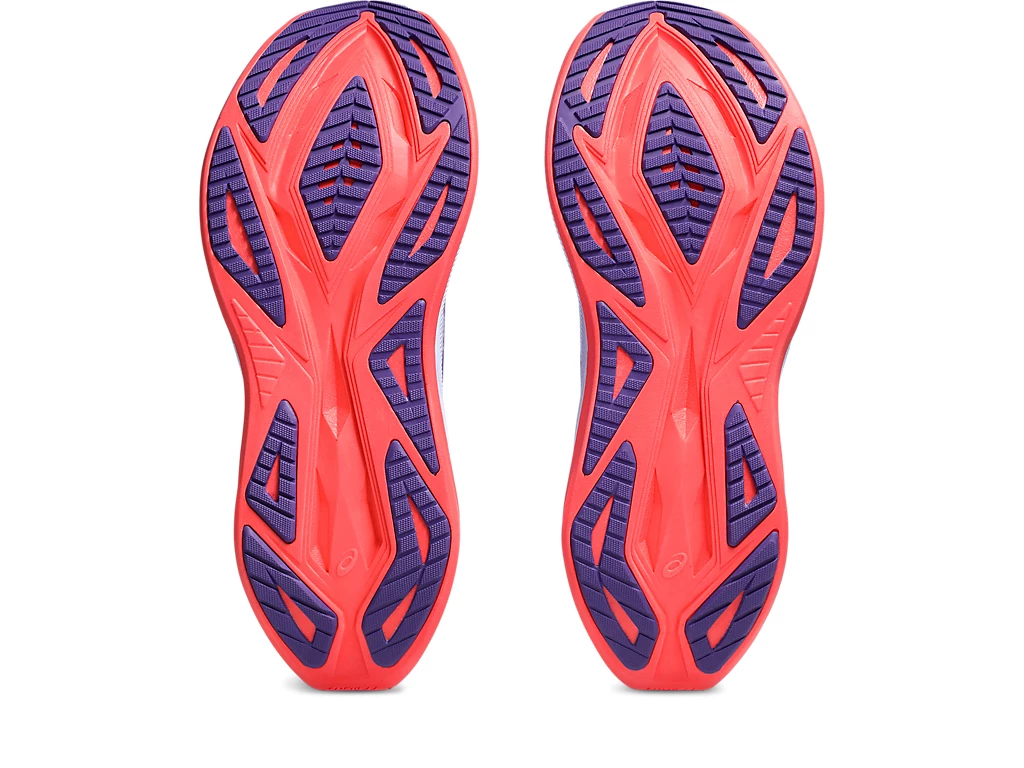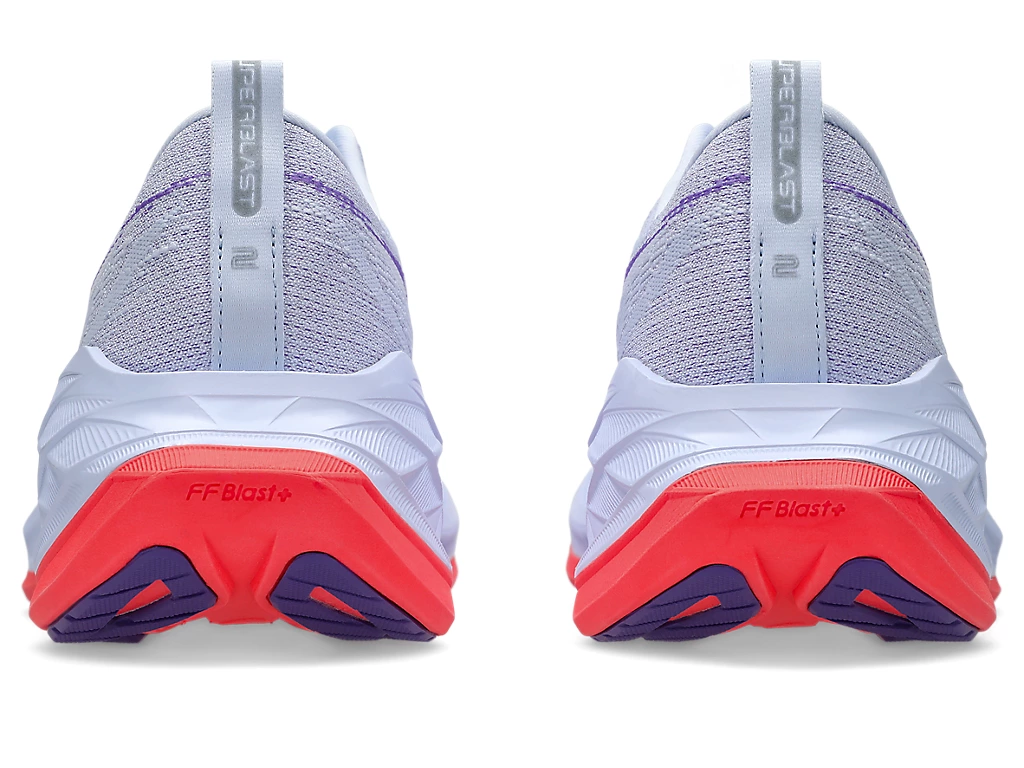ASICS Superblast 2





Full review coming soon, for now, please see podiatrist comments section.
The ASICS Superblast 2 solidifies its position as a premier, non-plated "super trainer." From a podiatric and biomechanical standpoint, it is a highly specialized tool designed for maximum cushioning and versatility, but its aggressive geometry has important implications for how forces are distributed through the running chain.
The upper is a well-executed engineered mesh that provides a secure, true-to-size fit for most, with adequate volume in the toebox. The gusseted tongue and stable heel counter work in concert to lock the foot down onto the substantial midsole, which is critical for maintaining control and stability.
The defining feature is the midsole, which combines a top layer of responsive FF BLAST TURBO+ foam with a bottom layer of FF BLAST PLUS ECO. The result is a ride that is exceptionally cushioned but also energetic. It is the interaction between this foam and the shoe's geometry that warrants a deeper look:
- High Stack Height (approx. 45.5mm / 37.5mm): The massive amount of foam underfoot is excellent at dampening impact forces. However, this level of cushioning can reduce proprioception, or your sense of the ground. For some runners, this may increase the demand on the muscles around the hips and core to provide stability, as the foot and ankle have less sensory information to work with.
- Aggressive Rocker Geometry: The shoe features a pronounced forefoot rocker (GUIDESOLE technology). This curved design is engineered to reduce the amount of bending required at the ankle (dorsiflexion) and toe (MTP) joints during the push-off phase of gait. For some runners, particularly those with calf stiffness, Achilles tendon issues, or forefoot pain (like Hallux Rigidus), this can be beneficial as it reduces the workload on these structures. However, this load doesn't simply vanish; it is often shifted proximally up the kinetic chain. The reduced work at the ankle often requires the muscles around the knee (quadriceps) and hip (glutes/hip flexors) to work harder to propel the body forward.
- Absence of a Carbon Plate: Unlike many shoes in its price category, the Superblast 2 is plateless. This makes it a more forgiving option for daily training. While a carbon plate would increase longitudinal bending stiffness and energy return, it can also concentrate stress on specific areas. The plateless design of the Superblast 2, while still stiff due to the foam and geometry, allows for slightly more natural foot mechanics compared to aggressively plated models.
From a stability perspective, the Superblast 2 is a very stable neutral shoe. It achieves this not with traditional posts, but with its extremely wide base and midsole sidewalls. This provides a secure, planted feeling for neutral runners, even on such a high stack.
Suitability:
- Suitable for:
- Neutral runners seeking a highly versatile shoe for daily training, long runs, and even some faster-paced efforts.
- Individuals who benefit from a rockered geometry to reduce load on their feet, ankles, and calves.
- Runners looking for maximal impact protection without the aggressive stiffness of a carbon plate.
- Those with strong hips and good core stability who can manage the demands of a high, rockered platform.
- Not suitable for:
- Runners who prefer a high degree of ground feel and a more natural, flexible ride.
- Individuals with known knee or hip issues (e.g., hip flexor tendinopathy), as the rocker geometry may potentially shift more load to these areas.
- Runners who require significant pronation control from medial posting.
- Those who are new to high-stack, rockered shoes, who should transition slowly to allow their body to adapt to the different biomechanical demands.




